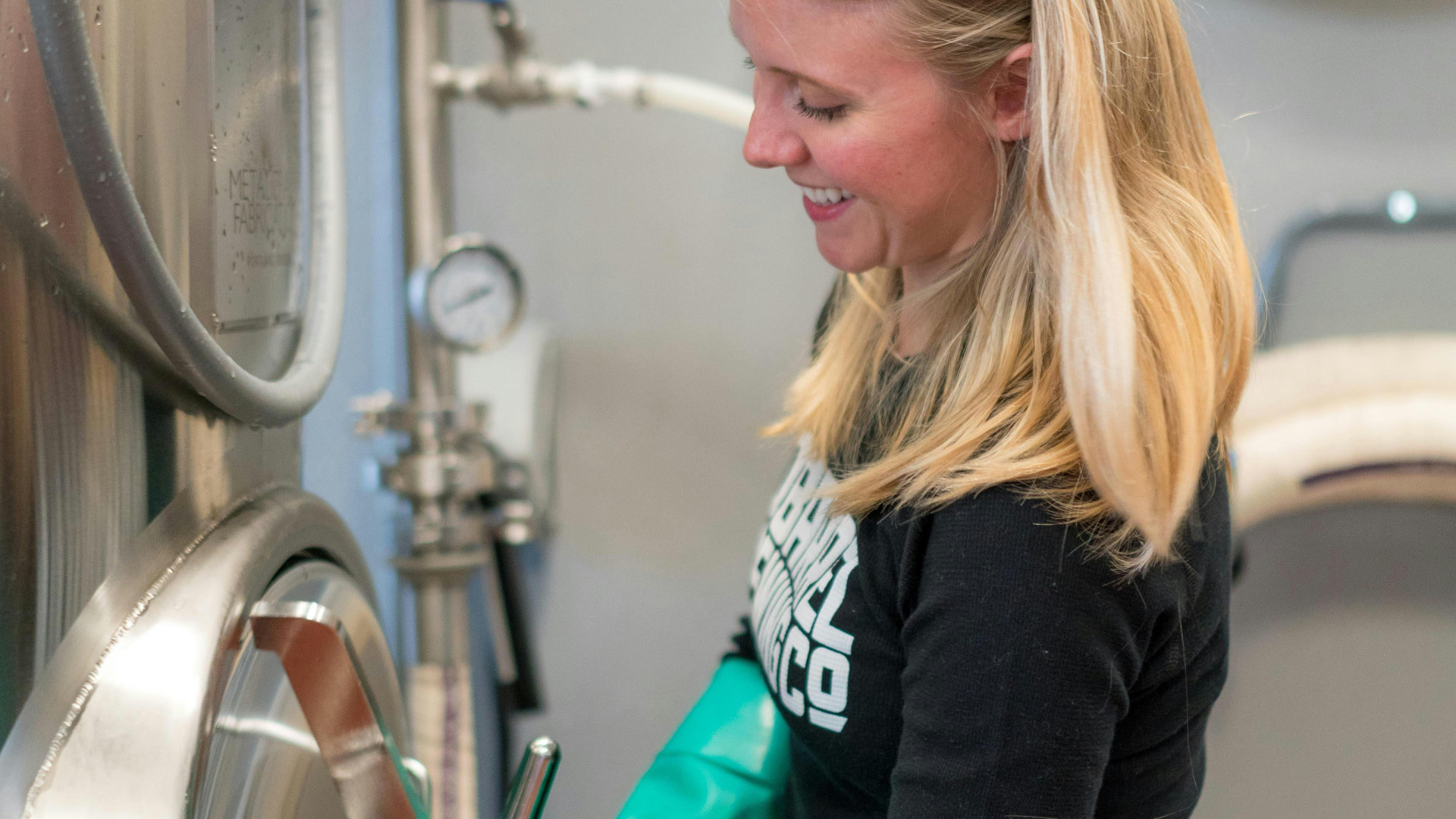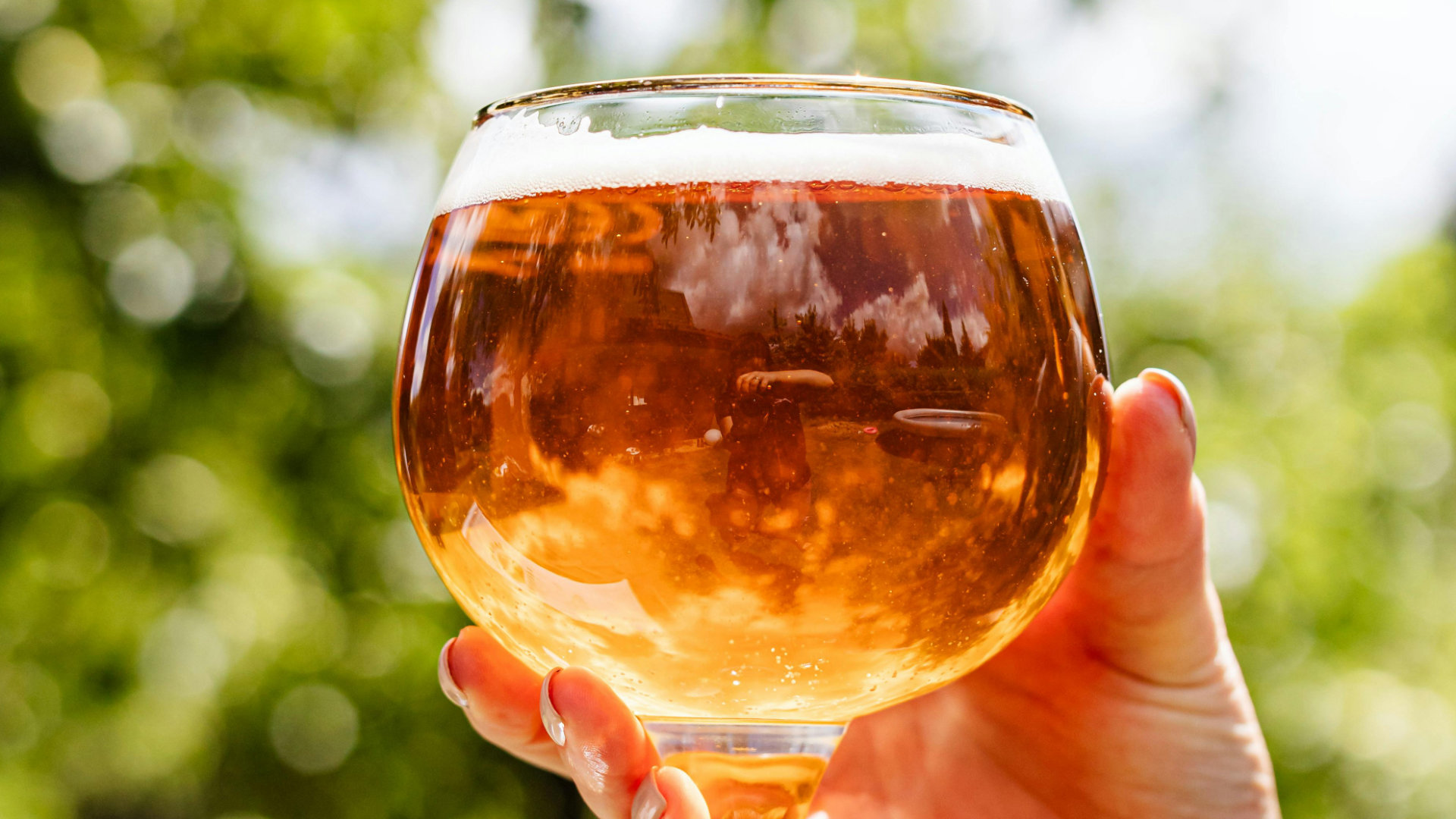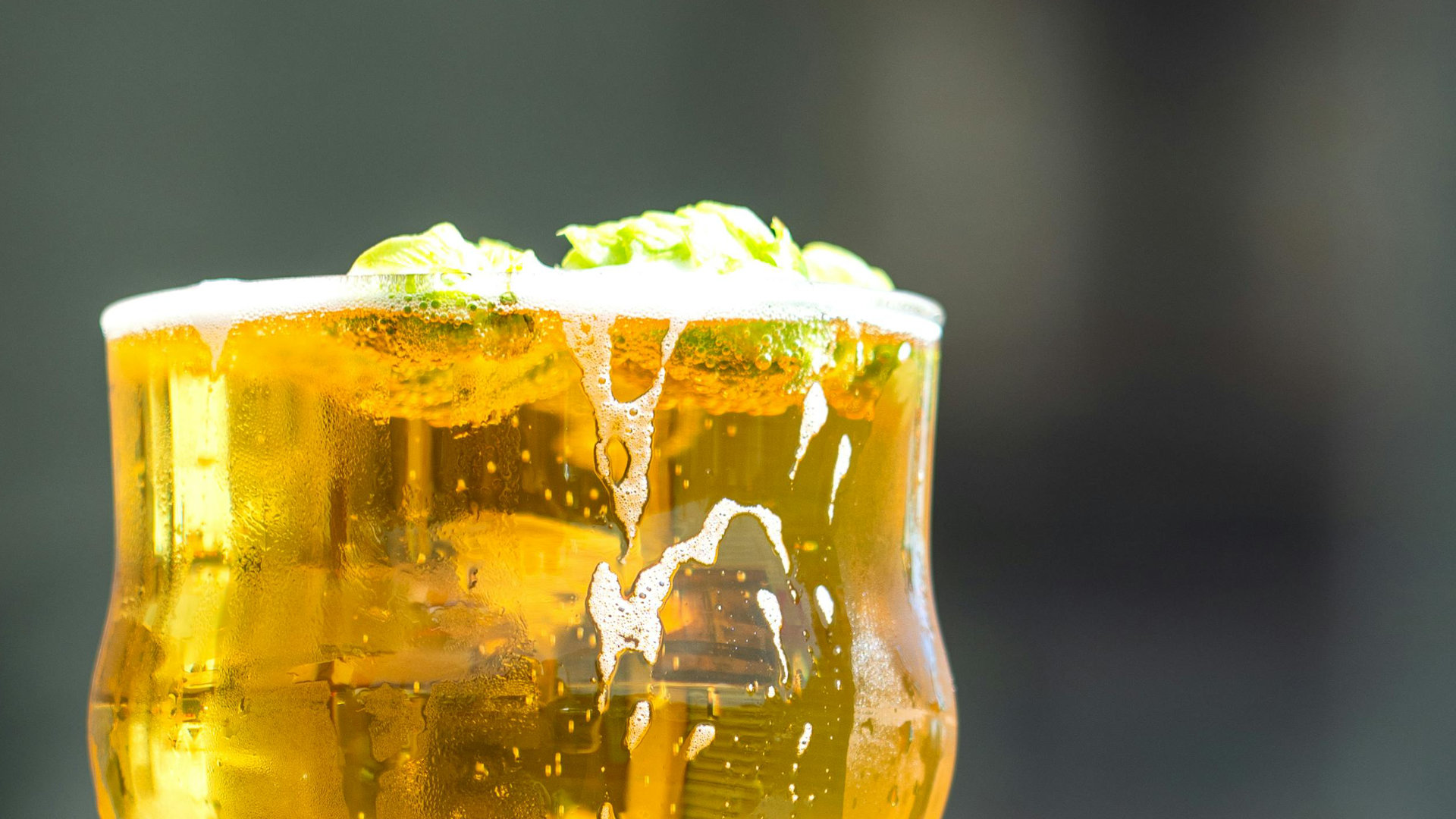MASHED! reader David Clough chats to Yohanna Best about his homebrewing.
YB: Tell us a bit about yourself!
DC: I’m 59 and live with my wife, Moira (Moi), in Penzance, Cornwall. We have three grown-up sons who now live elsewhere with their partners. They’re all into drinking real ale and craft beers too.Â
I’m retired, following redundancy last year. Many years ago, I worked (my ‘dream job’) as an Ore Sampler in the geology department at the now defunct Geevor Mine at Pendeen, Cornwall. But after being made redundant in 1986, when the tin price crashed and the mine closed, I ended up in the civil service and then local government.
I’ve been homebrewing for over 10 years, and this plus my other interests has helped keep me sane!
YB: What got you into brewing?
DC: I have fond memories of my late Dad making beer from kits in the late 1960’s and early 1970’s. Although the quality was a little suspect, the memory stuck with me (I can recall the smell and taste now!).Â
Also, I’ve always had interests and hobbies (my family would probably call them ‘obsessions’!). My main interest is collecting mineral specimens, which I’ve done since I was eight years old (living in a metalliferous mining area and having access to old mines and spoil tips has helped), but I now love brewing too (if possible, combining mineral collecting trips out with beer hunting is ideal!).Â
I dabbled with brewing a few beer kits in the 1990’s. The beers were OK but nothing special, and at the time I didn’t get hooked. But about 10 years ago (I think, maybe longer) Moi bought me a new plastic fermenter and some other gear plus a basic beer kit as a birthday gift that kick-started a renewed interest. I made a few nice beers from kits and then moved on to extract brewing which was an improvement. Striving for even better quality, I made the change to all-grain brewing.Â
I brew small batches (normally 9 or 10 litres) using the BIAB (‘Brew In A Bag’) method. I love reading about the science of brewing, so my processes are continuing to steadily evolve and improve at my pace as I learn more.
YB: Favourite beer you’ve made so far?
DC: My take on BrewDog’s ‘Elvis Juice’ (grapefruit infused pale ale), based on their published recipe, which in my opinion (and family and friends who tasted it) was much superior than their commercial version! I imagine (but do not know) that at their large scale BrewDog use some sort of grapefruit extract/essence, whereas my use of fresh grapefruit peel and juice (at late boil, whirlpool/hop stand and dry hop) seemed to make it more natural and so much richer and tastier.
YB: Do you have a specific technique that you would like to perfect?
DC: After starting brewing again, I found that my attempts at darker beers were generally more successful than pale ales. I attributed this to water profile and mash pH issues.Â
Whilst the Cornish tap water is possibly OK, I currently brew using bottled spring water (water profile known from the affixed label) and adjust the profile (adding Calcium Chloride / Calcium Sulphate / Magnesium Sulphate) depending on beer style and to ensure correct pH achieved (sometimes using acidulated malt or adding lactic acid to the mash too). I use EZ Water Calculator as a guide. Since this change, my paler beers have been much better.Â
As a progression, I’ve also strived to incorporate what I’ve learnt about the scientific aspects of hop additions from Scott Janish’s ‘The New IPA’ book, which along with John Palmer’s book ‘Water: A Comprehensive Guide for Brewers’ has been a game changer for me. Both were very thought-provoking and well worth acquiring.Â
I also love brewing darker beers, so have ambitions to brew even better stouts and porters (particularly a Baltic Porter) too. Most recently, I’ve been reading about Black IPAs, and have found useful advice and a good recipe, so likely I’ll be brewing that next (plus something else from MASHED!).
YB: What does your brew day look like? Â
DC: Usually, I get up quite early to set up and get going before Moi is up and so that I can have a full morning and finish around lunchtime; after which I might pop to my local for a pint!Â
As a big music fan (mainly rock and heavy metal), you might think I would have something playing in the background, but I tend to prefer and enjoy the relaxing quiet of simply getting on without any distraction.Â
YB: What’s your top homebrewing tip?
DC: Prepare well and take your time! I have not had many mishaps, but those that have occurred have been due to my rushing.Â
Also, although time-consuming, read around the subject for a balanced view and have an open mind so that you can make an informed judgement (there’s a lot of advice available, including in homebrew forums, much of it very helpful based on experience, although sometimes views expressed are contradictory due to entrenched opinions/myths). Â
YB: It’s great to hear that you’ve made several beers using recipes from MASHED! Magazine - do you follow them completely or make tweaks? Â
DC: Apart from scaling to my smaller set-up, I have followed the recipes precisely so far. But I would consider tweaking if necessary or appropriate.Â
For instance, I recently brewed the Bounty Bar Stout, which is very nice and tasty, but if I brew it again, I think I might need to tweak the recipe to help improve head retention. The Blueberry Sour turned out very well too, and one of my son’s loved it, but personally I would prefer it if it were a little tarter.Â
But I may not revisit these, as I have never brewed the same beer twice – there’s always too many other good recipe ideas to move onto and experiment with!Â
YB: What brews do you enjoy?Â
DC: I like most beer styles, and when visiting brewery taps and craft beer bars like to sample a range of different beers. Even when at beer festivals, I tend not to hunt down the same beer again, as (like beer recipes) there is always something new to try!Â
BUT I am a huge fan of Timothy Taylor’s ‘Landlord’, which is a classic that is regularly served in tip-top condition in my local, the Farmers Arms in Penzance. Nigel, the proprietor, really knows how to look after it, and it’s usually been as good as when I’ve had it in Timothy Taylor pubs in its Yorkshire homeland (I had mistakenly thought that it would be better ‘up north’)!Â
When spring/summer comes around, I can often be found sitting outside another local pub, The Crown in Penzance, which is the tap for the Cornish Crown brewery (currently I’m enjoying their ‘One Hop One Grain’ beer in particular).Â
Occasionally I venture out to the nearby village of Crowlas, home to The Star pub and Penzance Brewing Company (notable beers including ‘Potion No.9’, ‘Trink’, and ‘Scilly Stout’), particularly as a family tradition when my sons are all home. There are plenty of other great Cornish breweries and beers too.
Last year, via a Pellicle article, I discovered Epochal Brewery in Glasgow, Scotland who make barrel fermented beers. I’ve since bought several of their brews online. I find their brewing process fascinating, and quite unique in my experience.











